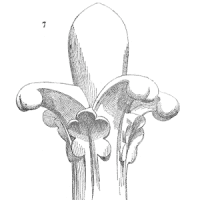
Using Available Weather Data
podcast episode
The local weather affects your products and systems. Knowing the weather helps you plan your wardrobe for the day. Likewise, knowing the weather helps you design a product or system that can thrive in the weather conditions it will experience.
The US National Oceanic and Atmospheric Administration (NOAA) tracks, records, and studies weather and climate. It is the recording part that is interesting in this discussion. The weather databases have weather observation data going back, in some cases, a hundred years. The data includes temperatures, humidity, precipitation, wind speed, and more.
When building an environmental manual that includes the set of expected weather and use stresses, we need more than just the minimum, average, and maximum values. Better would be a histogram or similar analysis of the expected values. For example, if your product at cold temperatures degrades in performance, knowing how many hours per year it will experience cold temperatures is useful information.
One way to gather and provide this rich data is by visiting the NOAA weather databases. Having done this recently, I wanted to share my notes on how to find, extract, organize, and analyze the weather data step by step. I spent a bit of time sorting out how to do this and would like to save you the time involved in sorting it out yourself.
Let’s explore in detail how to find, extract, and analyze hourly temperature readings over a recent 10-year period, with the result being a histogram and determination of how many hours below freezing may exist for an imaginary product.
This Accendo Reliability webinar originally broadcast on 12 March 2019.

- Social:
- Link:
- Embed:
To view the recorded video/audio of the event, visit the webinar page.
Related Content
Variability of Weather Data episode
Environmental Testing episode
Environmental Stress Testing for Robust Designs episode
The DFE Part of DFX (Design For Environment and eXcellence) episode
High Temperature Environmental or Reliability Testing episode
Leave a Reply